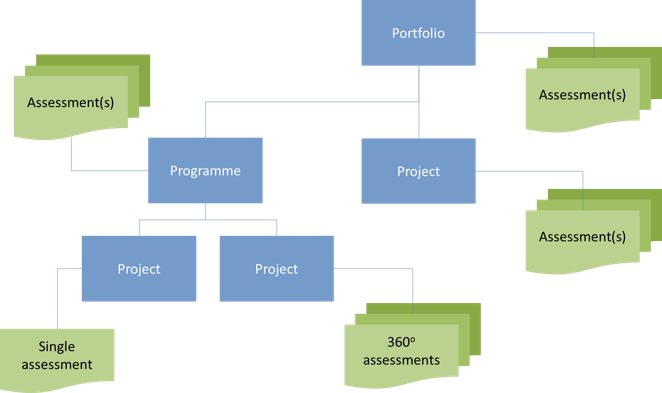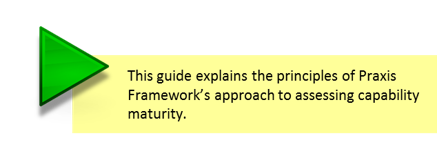
First of all, a quick recap on three key points about capability maturity models.
-
 The purpose of a capability maturity model is to objectively measure the ability of an organisation to implement good management practices and thereby improve its performance.
The purpose of a capability maturity model is to objectively measure the ability of an organisation to implement good management practices and thereby improve its performance. -
The first widely used, and still best known, model was developed at Carnegie Mellon University and was specifically aimed at software development. This is known as the CMMI® model.
-
The concept has since been applied to many other general business processes, including project, programme and portfolio management.
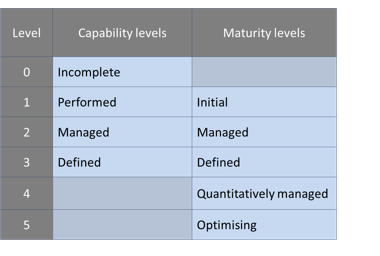
An important element of the CMMI® model is that it distinguishes between capability and maturity.
Capability goes from levels 0 to 3 and maturity from 1 to 5.
Lower level processes are more specific and higher level processes are broader and more integrative.
The Praxis Framework approach takes the philosophy of the CMMI® model and adapts it to the project, programme and portfolio framework.
Praxis contains a body of knowledge made up of functions covering specific areas such as stakeholder management or risk management, and a method based on life cycle processes, such as the identification process and the definition process, that broadly utilise and integrate the knowledge functions.
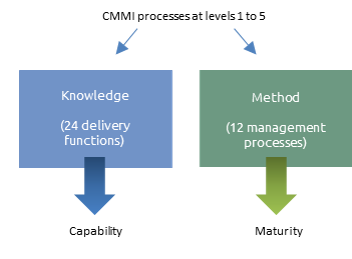
So the Praxis model adapts the CMMI® approach by using the functions to measure capability and the life cycle processes to measure maturity.
This means that you can develop capability in specific areas such as stakeholder management and risk management but maturity is only achieved when you apply and integrate these throughout the life cycle.
Each level in the model is assessed using certain attributes for each of the five levels.
At level 1, the specific goals set for the function or process are achieved. If you look at the Praxis web site you will notice that each topic starts with the set of goals that must be achieved to reach level 1. If you don’t achieve them you are at level 0.
At level 1 the goals may have been achieved in an ad-hoc way but at level 2 they are achieved in structured, more repeatable and robust way.
At level 3 the management approach is more proactive, the project, programme or portfolio management team will be adapting to different contexts and collecting lessons learned.
At level 4 performance targets are set and at level 5 there is continual improvement.
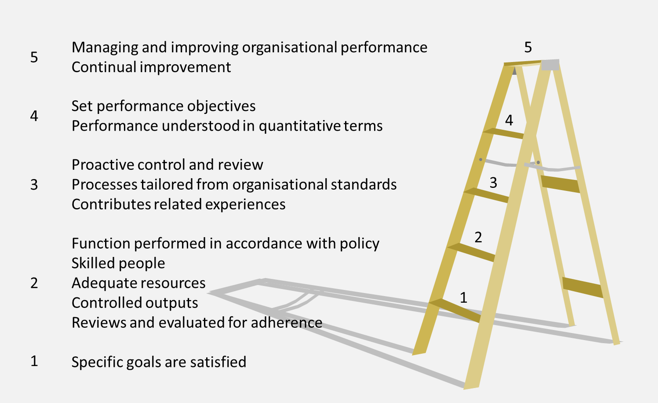
All of these indicators are used in a Praxis assessment making it compatible with the CMMI approach.
The Praxis assessment tool enables you to measure your capability and maturity for individual functions and processes. At the basic level it acts as a checklist and real time dashboard for developing and improving your management practices on projects, programmes or portfolios.
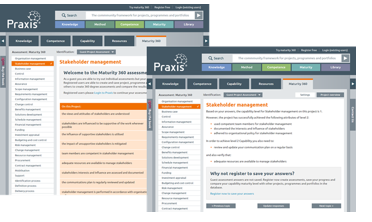 If you want to try the assessment tool, you don’t even have to register. Just go to the Praxis web site, select a function or process, look for the Maturity 360 tab and complete the questions
If you want to try the assessment tool, you don’t even have to register. Just go to the Praxis web site, select a function or process, look for the Maturity 360 tab and complete the questions
Your report will tell you your current level of capability or maturity and what you need to do to get to the next level.
This is all explained in the guest assessment training guide.
In this ‘open’ version your results will not be saved.
If you want to perform an assessment for a complete project, programme or portfolio; store the results or benchmark against others, you will need to register.
But it doesn’t stop there. Registered users can start with a simple one-person assessment of a project before progressing to a full 360 degree assessment by the project manager, sponsor and other stakeholders
Similarly, you can do a single or 360o assessment of a programme and then combine it with the results of its component projects. Ultimately, you can assess a portfolio, with or without consolidation of component programmes and projects.
